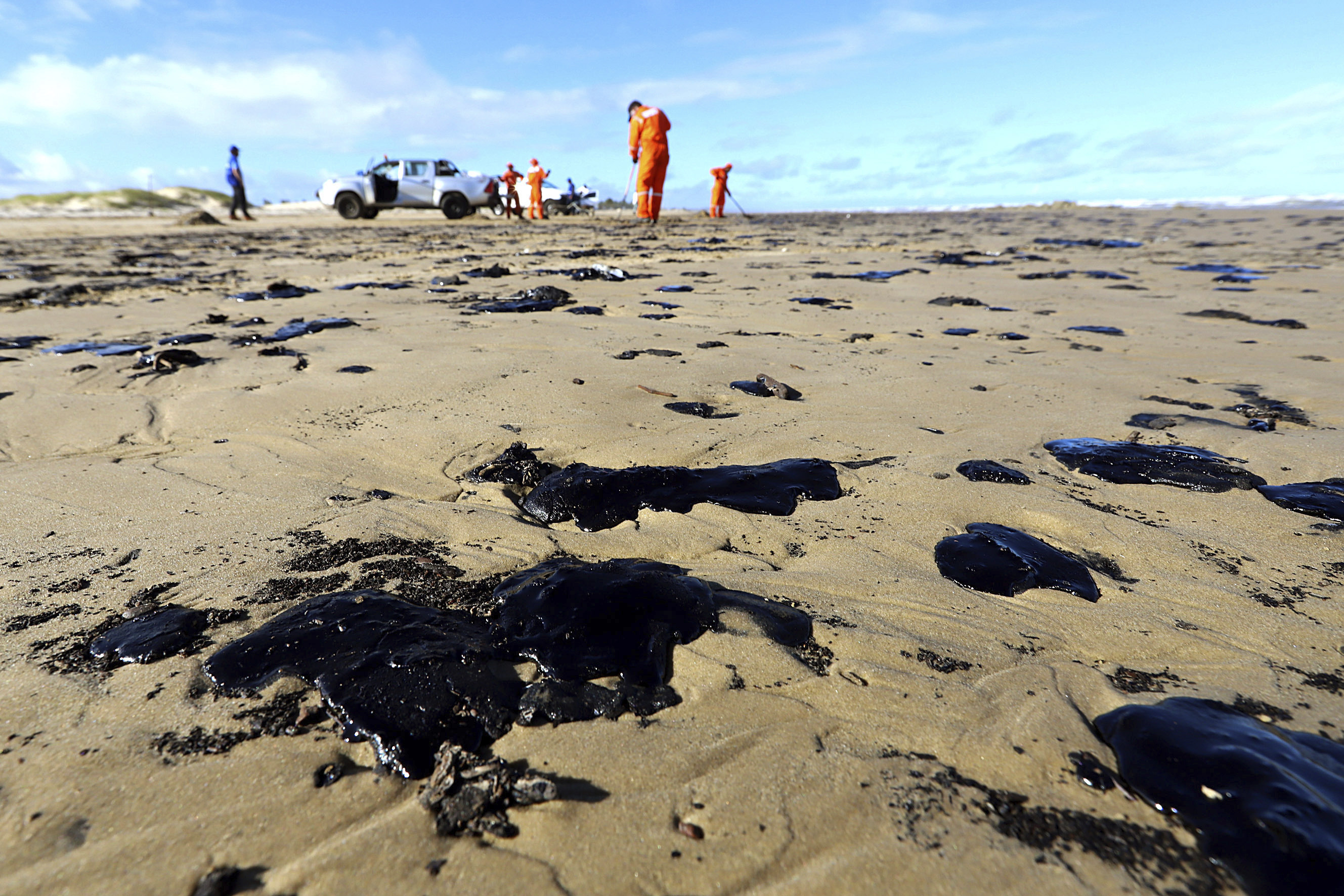Environmental concerns continue to mount after Japanese ship MV Wakashio struck a coral reef on July 25 while en route to Brazil, triggering a thousand-ton oil spill on Aug. 6.
Mauritius Prime Minister Pravind Jugnauth declared a state of environmental emergency on Aug. 7, seeking aid from the French government. The incident endangered local habitats and further threatened the tourism-dependent economy of Mauritius as the country grapples with COVID-19, as reported by the South China Morning Post.
The Panamanian-flagged vessel ran aground along Pointe d’Esny. Satellite imaging was able to pinpoint the scale of the oil spill. Two tankers sent by Nagasaki Shipping Co., owner of the MV Wakashio, pumped 3,000 tons of fuel oil cargo off the ship, as reported by The Wall Street Journal.
Local Mauritian volunteers amassed materials such as sugarcane leaves, human hair and plastic bottles to make floating booms to absorb oil from the spill.
The ship broke apart on Aug. 15. According to The Guardian, two tugboats towed and sunk the forward section in the open ocean to a depth of 3,180 meters in hopes of reducing the damage at the oil spill site.
Mauritius is a biodiversity hotspot, according to the Convention on Biological Diversity. Due to the oil spill occurring near key areas such as the Blue Bay Marine Park reserve—raising concerns about coral bleaching—the location of the spill posed a greater environmental threat than its size, according to BBC.
Local conservationists hurried to save wildlife, including birds and plants. The Mauritian Wildlife Foundation (MWF) acted out an evacuation plan to save at-risk specimens.
“We had to relocate critically endangered species first, then we moved to endangered ones,” said Vikash Tatayah, conservation director for the MWF.
The Wakashio steered off course before colliding with the reef. Crew members said they celebrated a birthday party on the day of the spill.
A maritime official, who asked to remain anonymous in communication with Reuters, confirmed the crew had been questioned about the party, though it remains unclear whether the party occurred before or during the collision. The official denied allegations that the ship had sailed closer to shore to gain a Wi-Fi connection, saying closer proximity was unnecessary.
“The route set five days before the crash was wrong and the boat navigation system should have signalled that to the crew and it seems the crew ignored it,” the official said. “The boat did also fail to send out an SOS [when it ran aground], and did not respond to attempts by the coastguard to get in touch.”
Mauritian authorities arrested Sunil Kumar Nandeshwar, captain of the ship, and Tilak Ratna Suboda, the chief officer, on Aug. 18 under charges of endangering the safe navigations of a vessel, according to The New York Times. Both are pending a bail hearing.
The Mauritian and Japanese governments drew criticism for their handling of the oil spill, Mauritius for not taking immediate action and Japan for its detached response, according to AP News and The Japan Times.
Greenpeace Africa, Greenpeace Japan and Dis Moi, a Mauritian human rights group, collectively called for investigations, transparency and accountability from the Mauritian government in an open letter published Aug. 24.
“This oil spill is a tragic and devastating reminder that fossil fuels are toxic,” the letter stated, “and our reliance on them puts both people and the planet at risk.”




